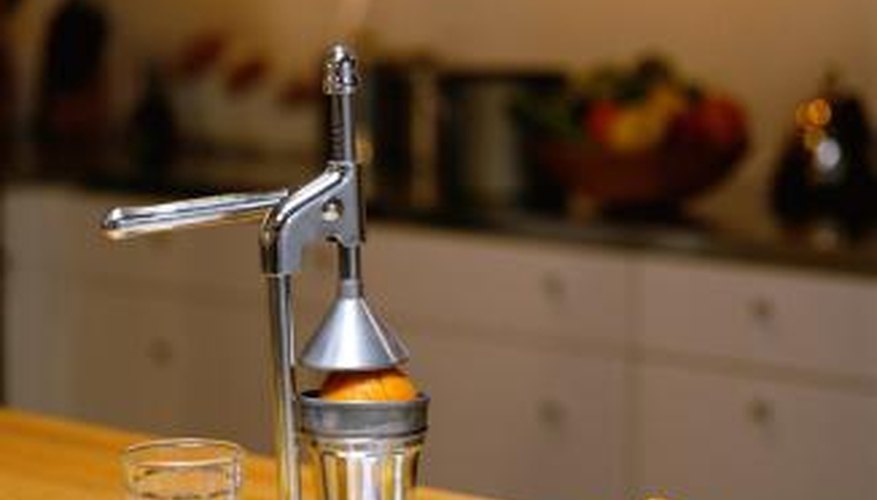Pressed and squeezed juices both put pressure on fruits and vegetables to extract the juice. Fruits and vegetables have minerals and nutrients that are very beneficial to the body. These are consumed by drinking the juice of a fruit or vegetable. Pressed juice has become popular in the past few years due to experts declaring its superior taste and nutritional value.
Juice Extraction Method
Squeezing fruits for juice requires crushing the fruit until the juice comes out. This can be done by hand, with a juicer, or by putting the fruit through higher-quantity juicers that chop the fruit and squeeze the chopped parts. Pressed juice is made by putting an immense amount of pressure onto fruits or vegetables until juice is released. The leading equipment used for pressed juice is the Norwalk, created in 1934. This machine applies 454 Kilogram of pressure.
- Squeezing fruits for juice requires crushing the fruit until the juice comes out.
- This can be done by hand, with a juicer, or by putting the fruit through higher-quantity juicers that chop the fruit and squeeze the chopped parts.
Oxidation
Juice becomes oxidised during the traditional squeezing process. Oxidation happens when oxygen comes into contact with molecules and free radicals break away. Free radicals are single, unpaired electrons. Free radicals, if alone in the body, theoretically cause degenerative diseases and cancers. If squeezed juice is not consumed soon after squeezing, the oxidation process begins, damaging the nutrients and molecules. The pressing method does not immediately oxidise the juice, preserving the nutritional benefits of the juice.
- Juice becomes oxidised during the traditional squeezing process.
- If squeezed juice is not consumed soon after squeezing, the oxidation process begins, damaging the nutrients and molecules.
Nutritional Value
Pressed juice preserves more of the nutrients from the fruit and vegetables than squeezing does. This also makes it beneficial to drink pressed juice the next day. When the fruit is put through a traditional juicer, cutting it reduces the integrity of the nutrients, degrading their quality. The amount of nutrients decreases over time, reducing their ability to positively affect your health.
- Pressed juice preserves more of the nutrients from the fruit and vegetables than squeezing does.
- When the fruit is put through a traditional juicer, cutting it reduces the integrity of the nutrients, degrading their quality.
Cost
Pressed juice is more expensive than squeezed juice. It is made on a smaller scale, making it more expensive. Squeezed juice has been on the market for many years. Producers simplified the process, resulting in high volumes of juice at low prices. Pressed juice also requires more expensive equipment -- a cost that gets transferred onto the consumer in the price of the juice.
- Pressed juice is more expensive than squeezed juice.
- Producers simplified the process, resulting in high volumes of juice at low prices.
